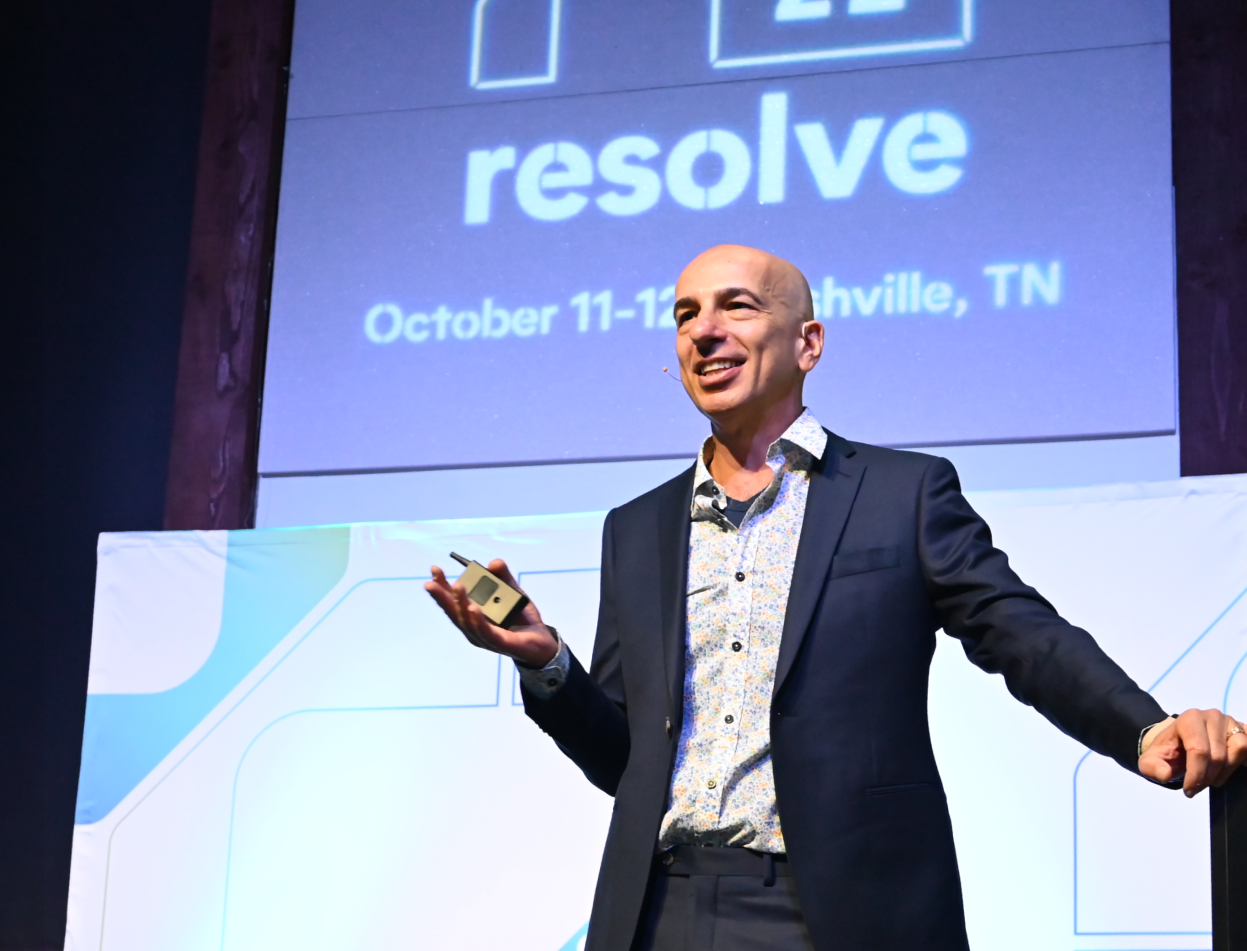How critical is customer engagement? Well, these days it’s a pivotal strategic approach in the marketplace. According to a recent study, by 2020, customer experience will move ahead of product and pricing as a key brand differentiator. Further, two-thirds of organizations consider customer experience as their competitive edge.
By investing in and improving customers’ experience, companies can see a 42 percent increase in customer retention, a 33 percent increase in customer satisfaction, and a 32 percent increase in cross-selling or up-selling. That’s a healthy boost to the bottom line.
Here are four ways you can liven up your IVR to serve your customers at the highest level:
Keep Your System User-Friendly
We’ve all called customer service, only to end up aggravated or yelling at the computer voice telling us to press “1”. Don’t keep your customers in an endless, IVR loop. Instead, make sure your menu items are kept to a minimum and are broad enough to encapsulate customers questions and issues.
Also, integrate a natural language IVR system, where the computer voice sounds more human. These natural language systems can understand the customer better, picking up on accents, pauses, and mispronunciations.
By understanding the nuances of human language, natural language IVR systems are smarter and more efficient than traditional IVR. Orchestrated responses don’t limit these new systems; instead, natural voice systems can better understand human language, providing more efficient answers. As such, these natural language systems contribute to a customer’s satisfaction.
Finally, your IVR should be ever-present 24/7/365. Compared to human agents, the cost of IVR is more affordable. Implementing your IVR on an all day, everyday basis allows you to meet your customers where they are. Your customers can get responses and help from your company when they need it, not just when your brick and mortar shop is open.
Expand Your Self-Service Experience
Fifty percent of customers want to solve their issues on their own. Seventy percent of customers expect company websites to have self-service options. Overall, customers want to get answers to their questions or concerns on their own. They don’t want to interact with anyone to do so.
With Millennials and Gen Z making strides into the workforce, and more importantly, into buying decisions, the thought of waiting on hold to speak to a customer service agent is so 100 years ago. In a recent survey, forty-eight percent of Millennials “always” use a self-service solution, which is 11 percent greater than the general market. However, ninety-eight percent of all consumers have used a self-service feature at one time or another.
With Millennials now serving as the largest generation in the workforce, self-service options will become critical. If you don’t have one implemented yet, it’s time to get it on the board. If you do have one, it may be time to update your options.
Seamlessly Connect to Other Platforms.
Phone numbers, websites, and in-person aren’t the only ways customers search for answers. Customers also reach out through social media and expect responses immediately.
Seventy-five percent of consumers expect a consistent experience whether they reach out to a company over the phone, in-person, or through social media. Further, 87 percent of consumers believe that companies need to provide a more seamless customer experience across all communication channels. For example, if a customer reached out to you over the phone about a refinancing question, if that customer followed up on Twitter, they would expect the company to pick up where they left off on the phone. Again, seamless.
Seamless communication across all channels is often referred to as “omnichannel.” However, your customers probably don’t care what it’s called. They want answers when they want them—and they don’t want to repeat themselves.
With that being said, companies that offer robust omnichannel customer engagement retain 89 percent of their customers, where those with poor omnichannel engagement only keep 33 percent. Call it what you must but do offer it.
Again, differences in the generations contribute to the increased demand for omnichannel presence. Over the last year, 47 percent of Millennials and 46 percent of Gen Z have used social media for customer service issues, compared to 26 percent for Gen X and 7 percent of Baby Boomers. Companies need to prepare for differences in demands and expectations of different generations and must do so now.
Follow-Up
Finally, how do companies know if they’re delivering exceptional customer experiences if they don’t ask? Seventy percent of companies that excel at creating customer experiences ask their customers for feedback. On the other hand, 33 percent of companies cannot track their customers’ experiences.
Companies should track their customers’ experiences through surveys or other follow-up methods. Companies need to understand where they are successful and where they need improvement along the customer journey. IVR systems can provide a substantial amount of customer data that will help shape the customer experience. Without data or feedback, companies are throwing good money after bad.
Creating customer experience is an on-going process. Companies need to analyze data they receive from their IVR systems and adjust along the way.
We live in a world of high and immediate customer demands. Eighty-seven percent of U.S. consumers claim that an excellent customer experience drives their decision on whether to do business with the company. Ninety-seven percent of U.S. consumers say that poor experience impacts their buying decisions.
Don’t let yourself get behind the eight ball. If you want to increase customer satisfaction and retention by creating remarkable customer experiences, reach out to us today.





